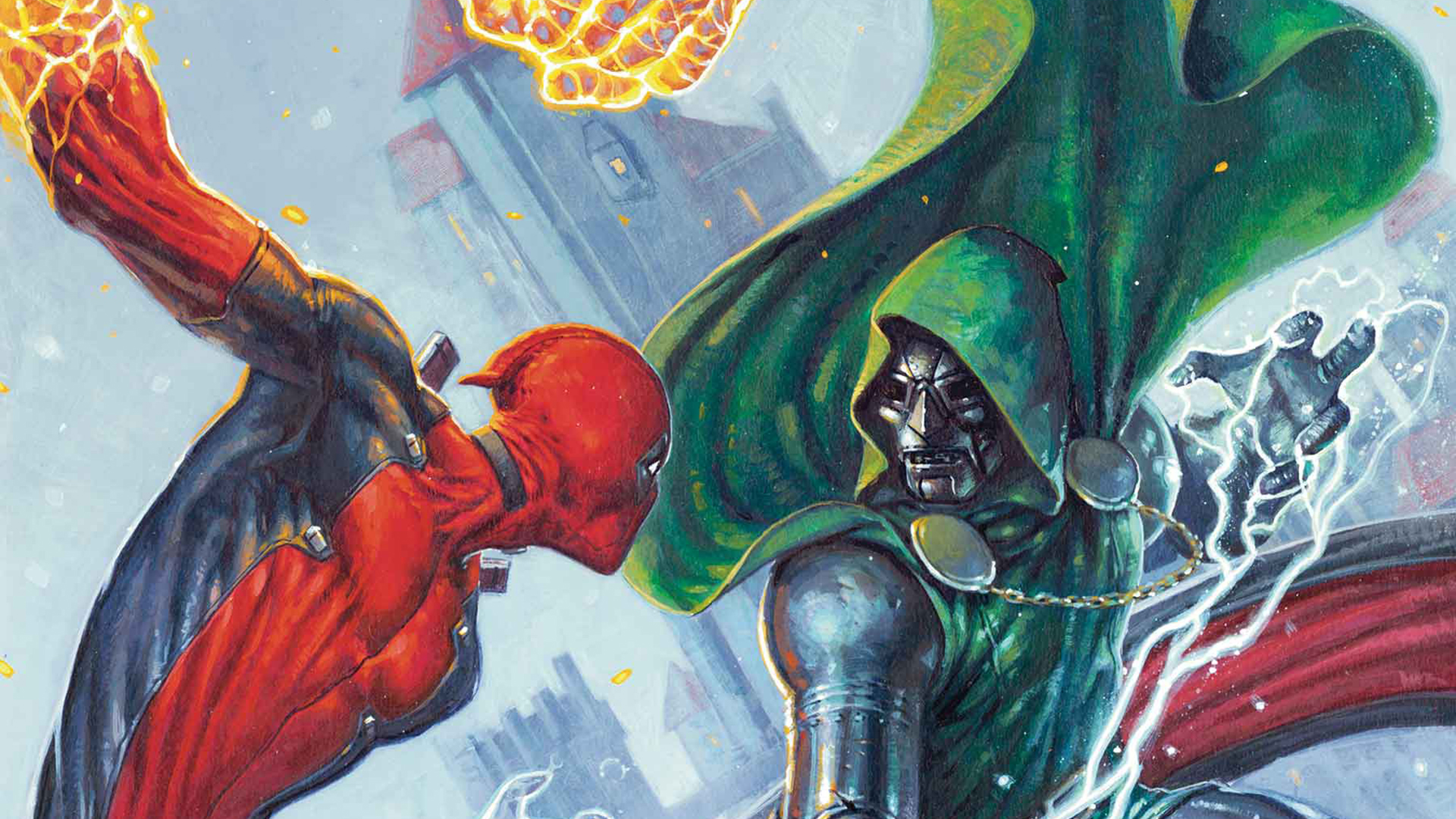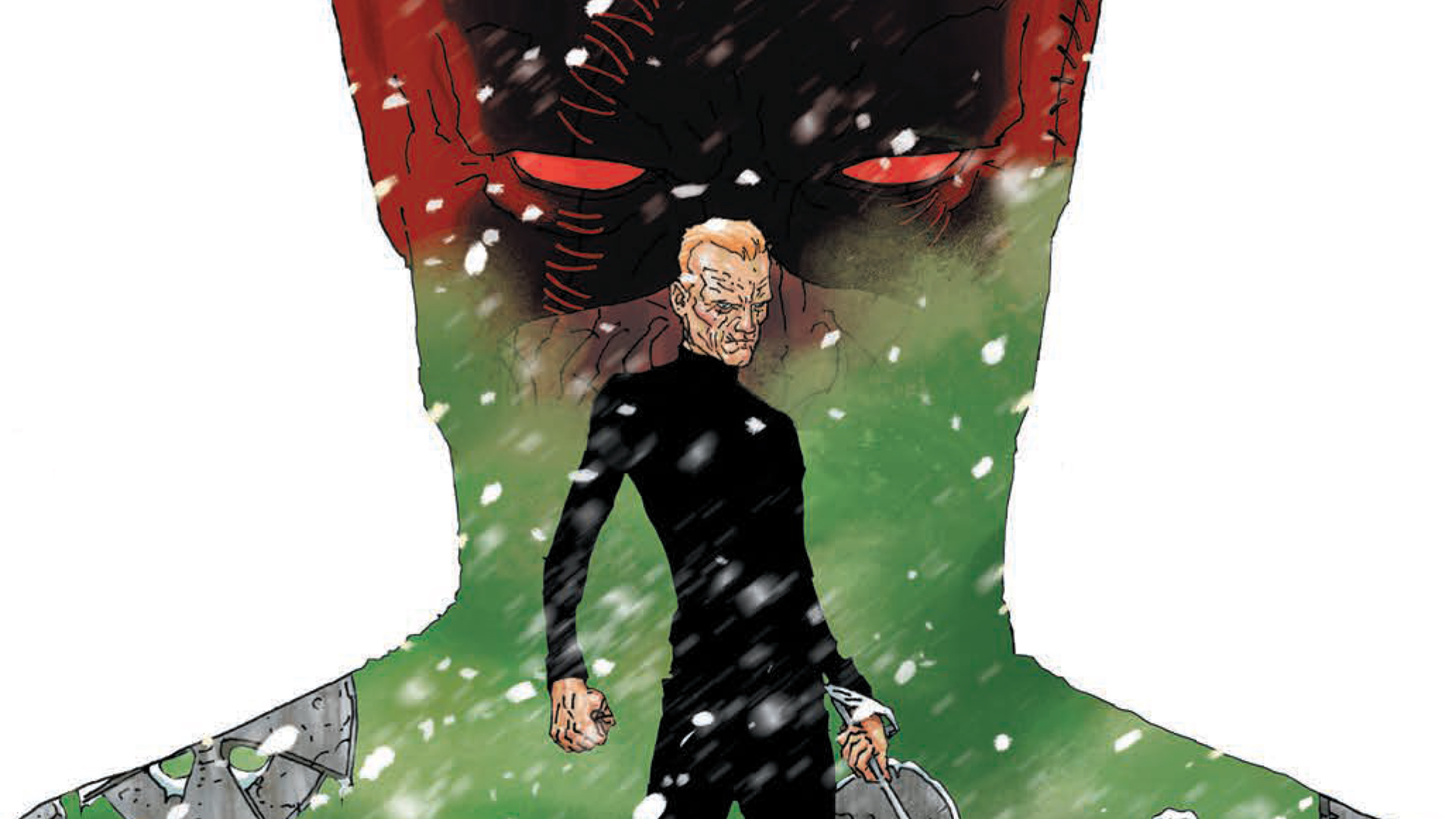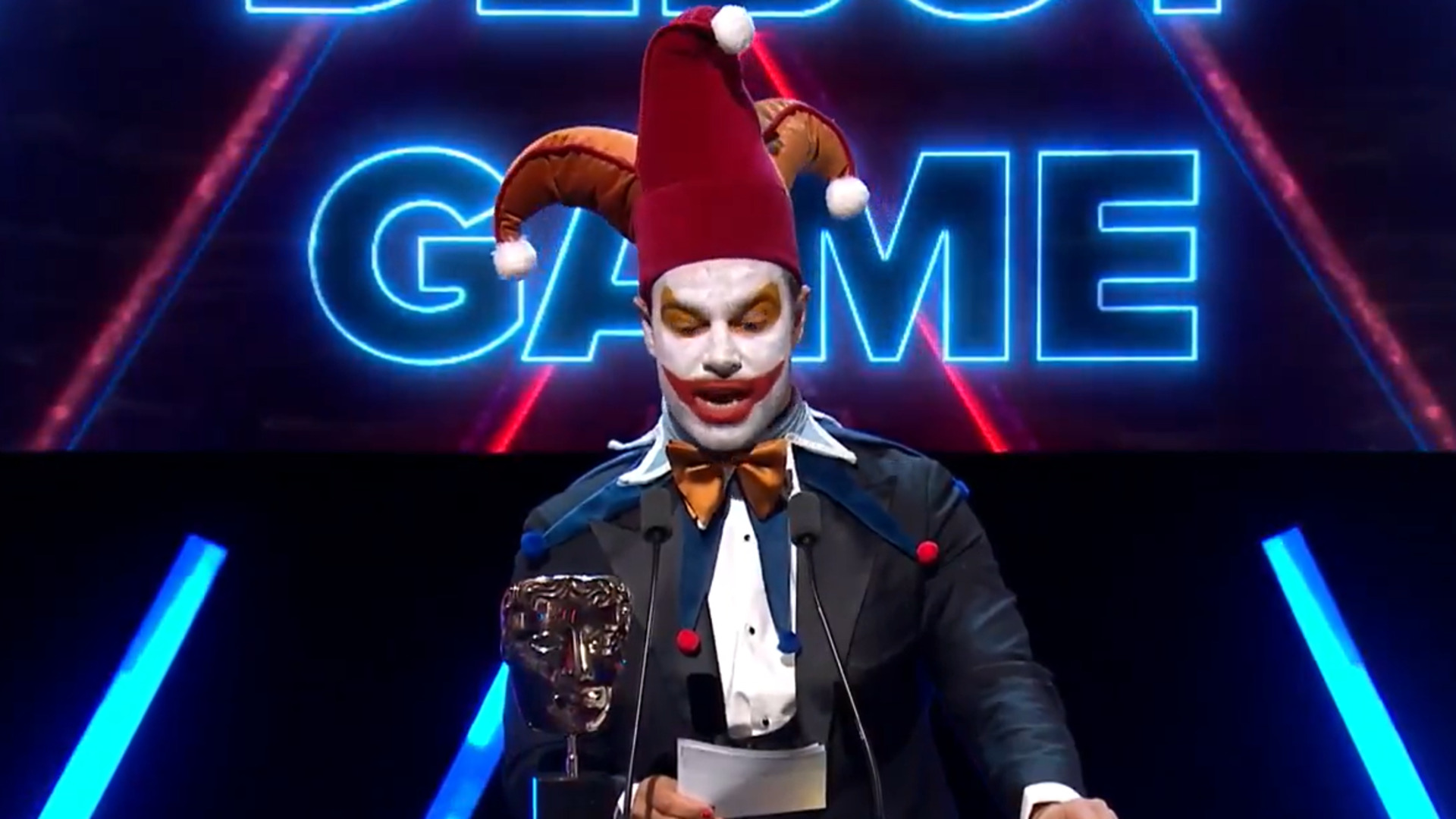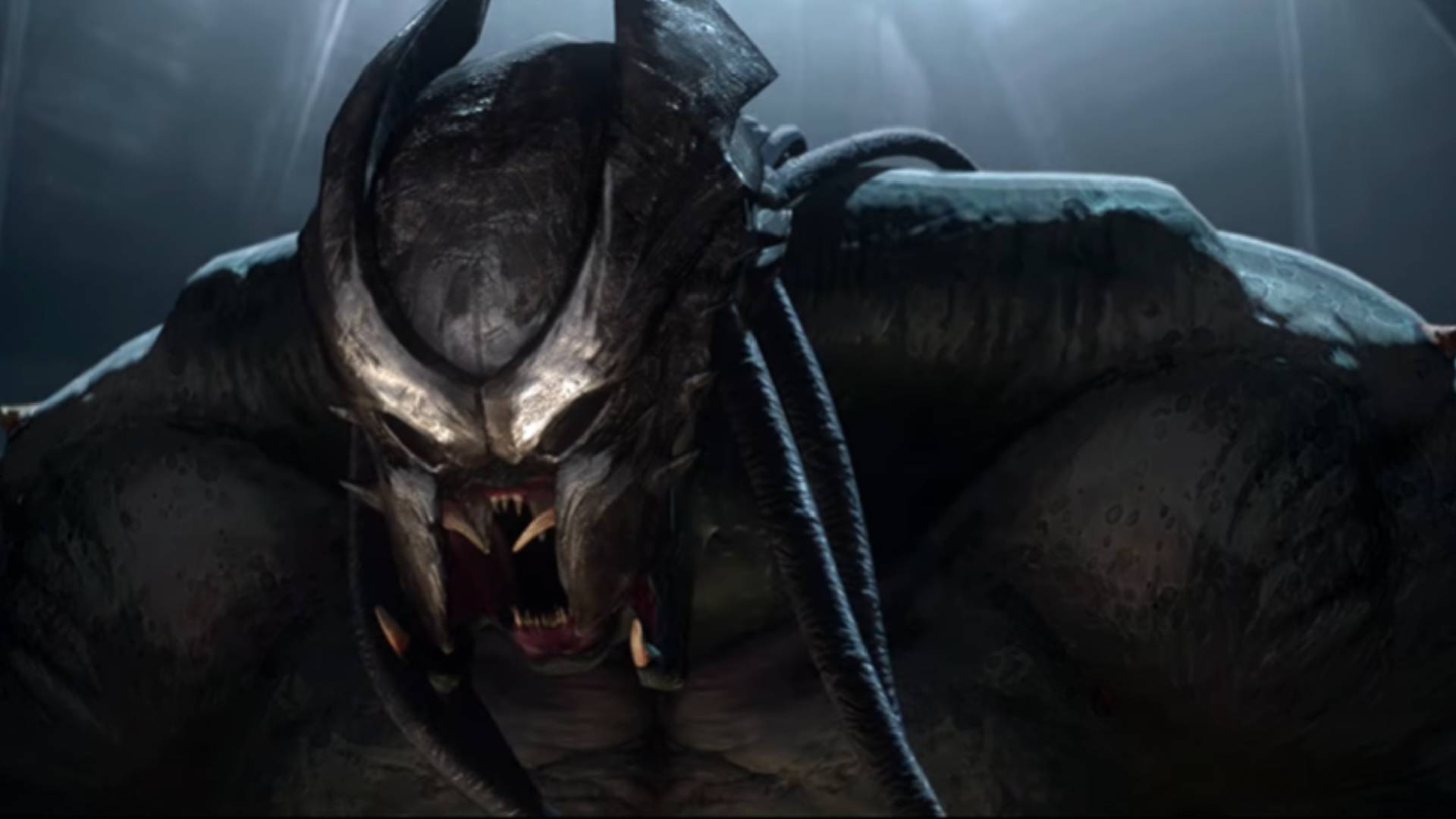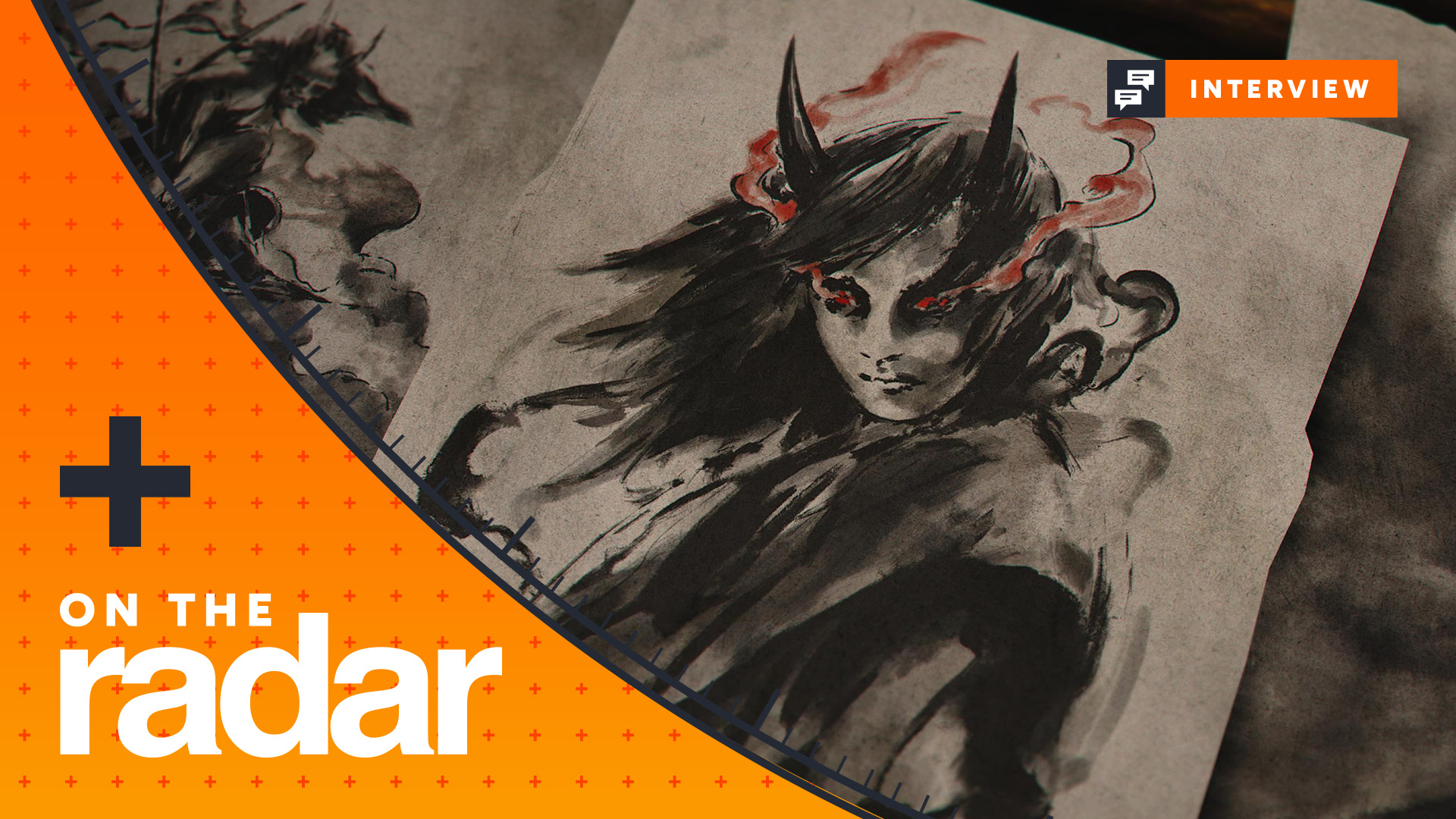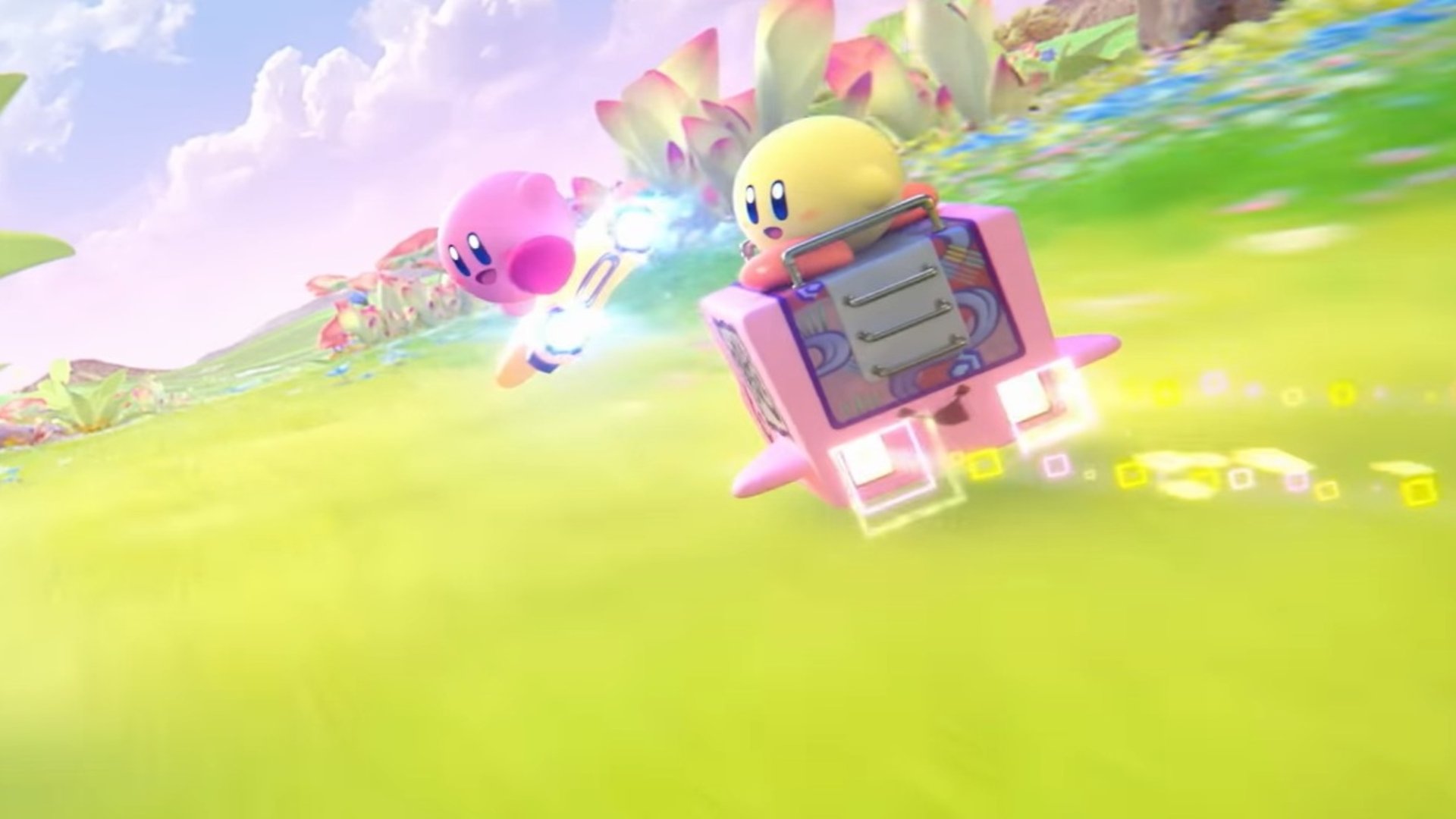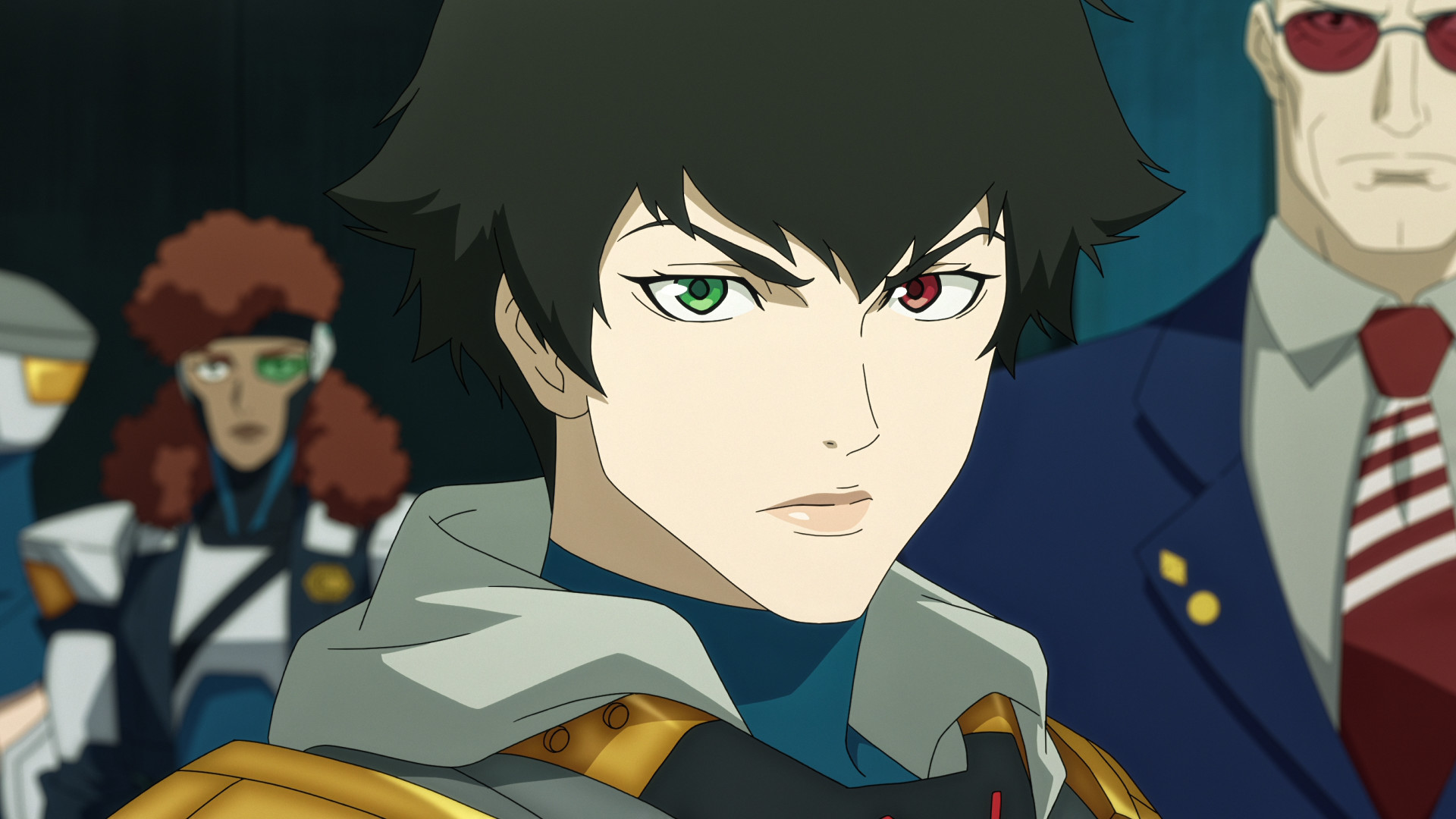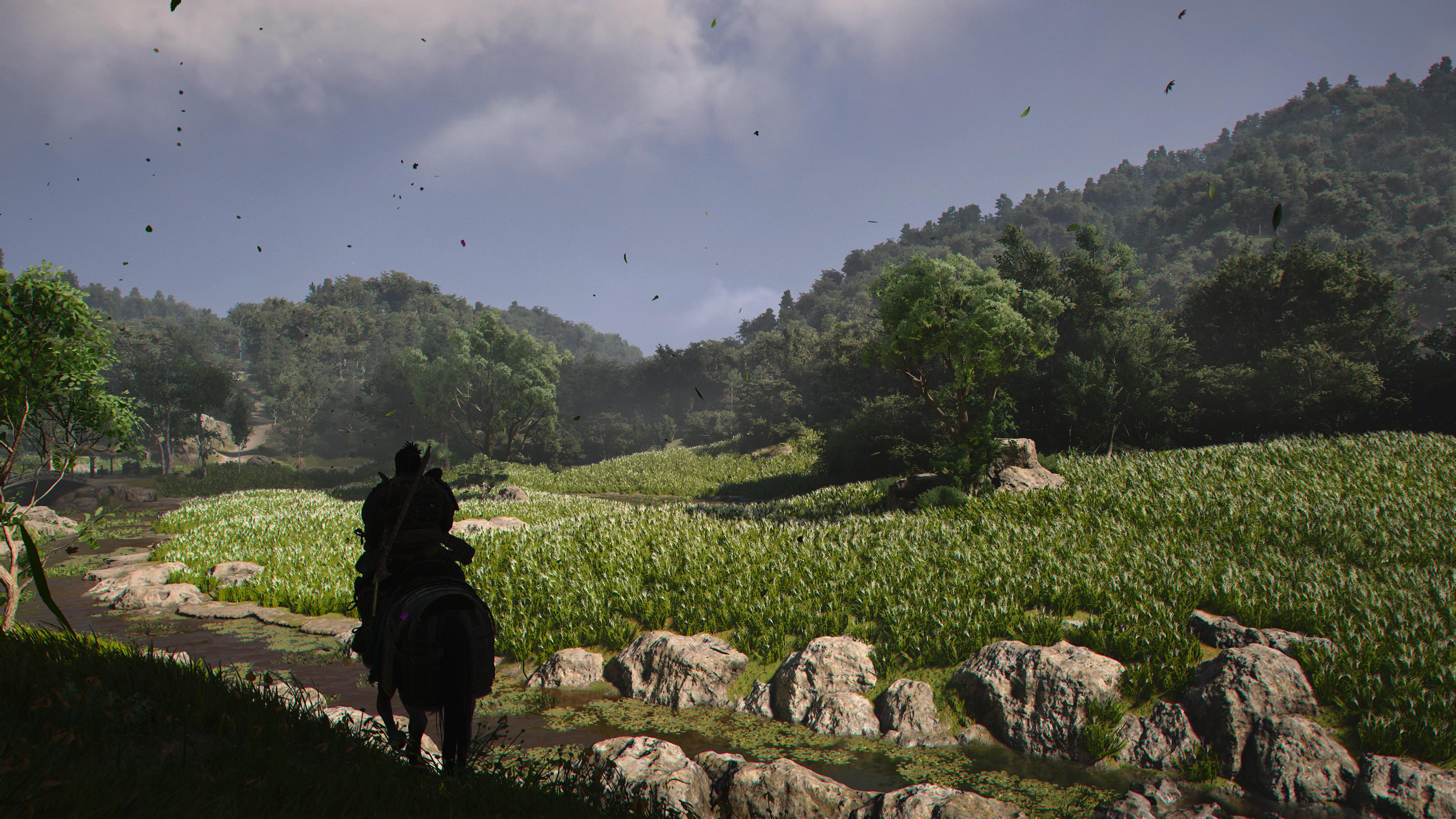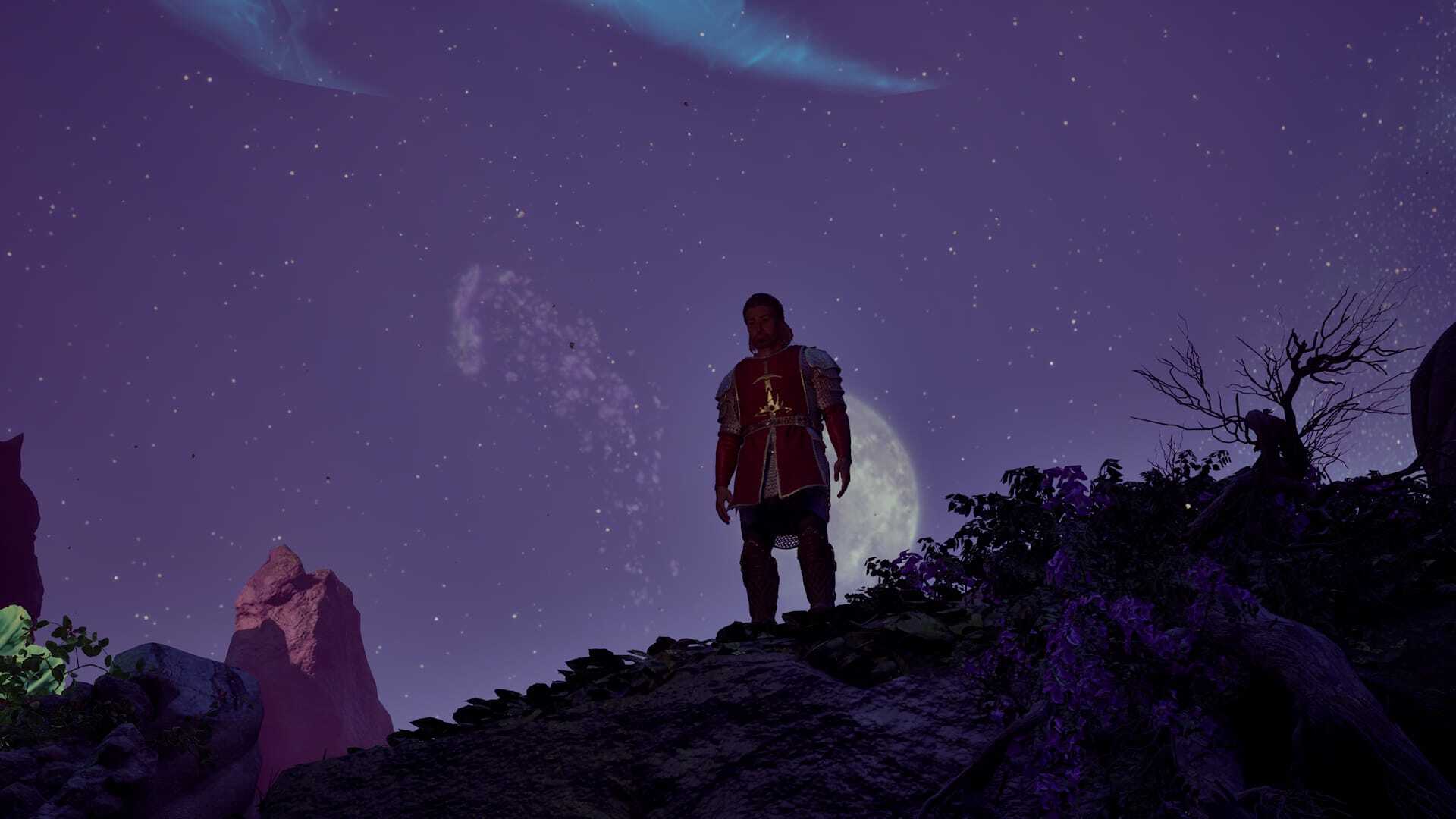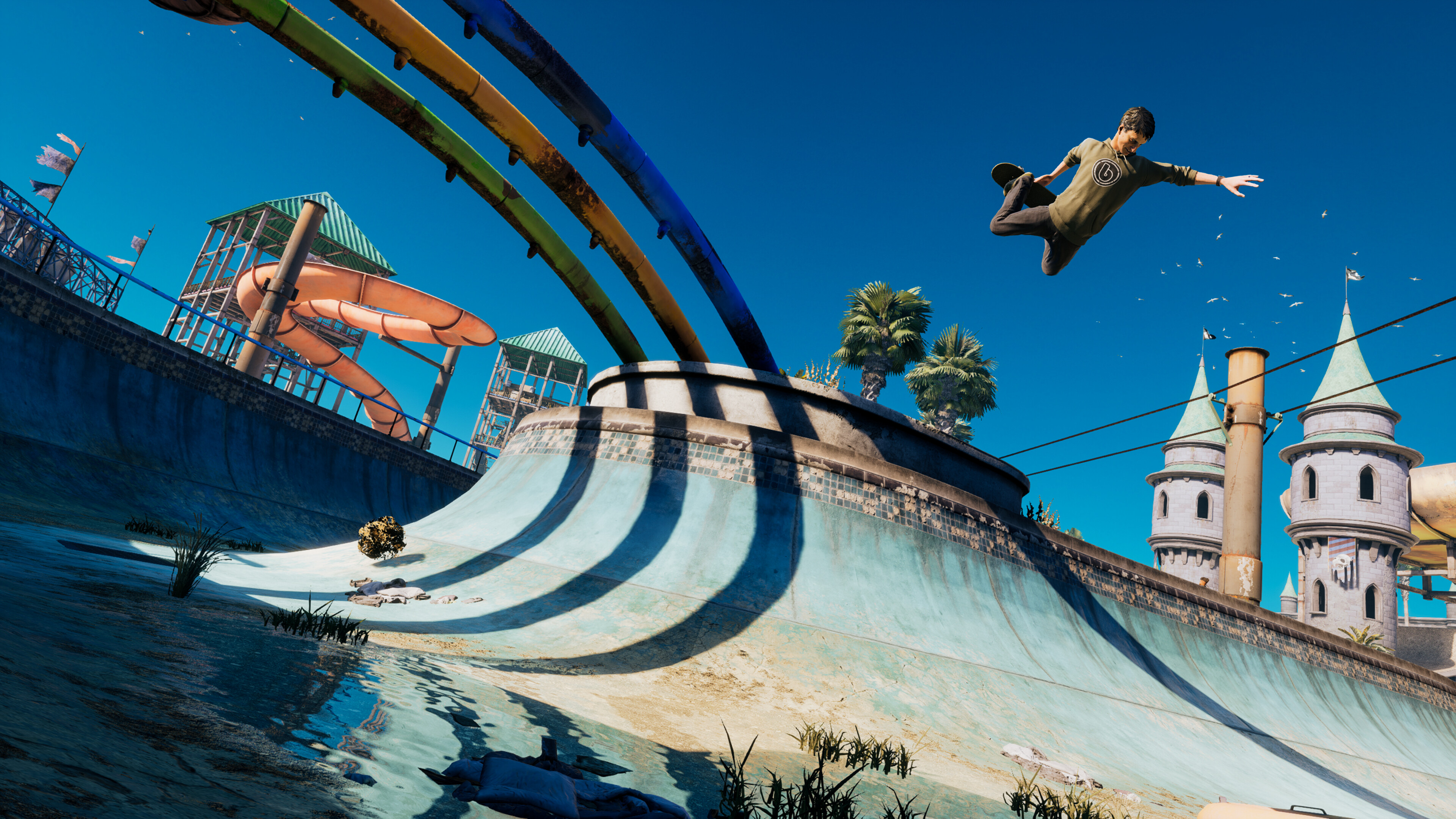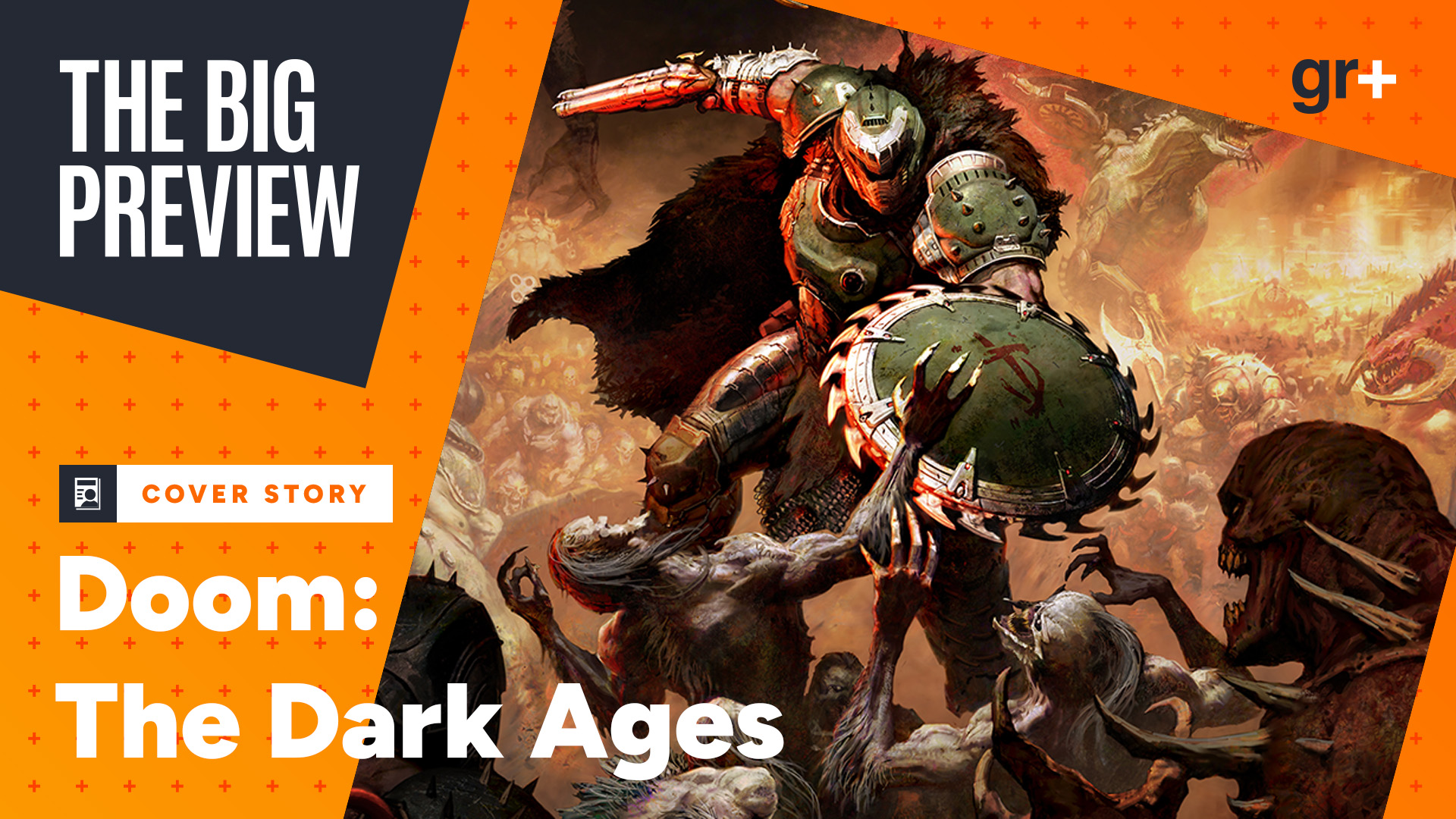Alex Ross reinvents himself through blacklight poster Pop Art in Fantastic Four: Full Circle
And pays direct homage to the works of Jack Kirby and Stan Lee
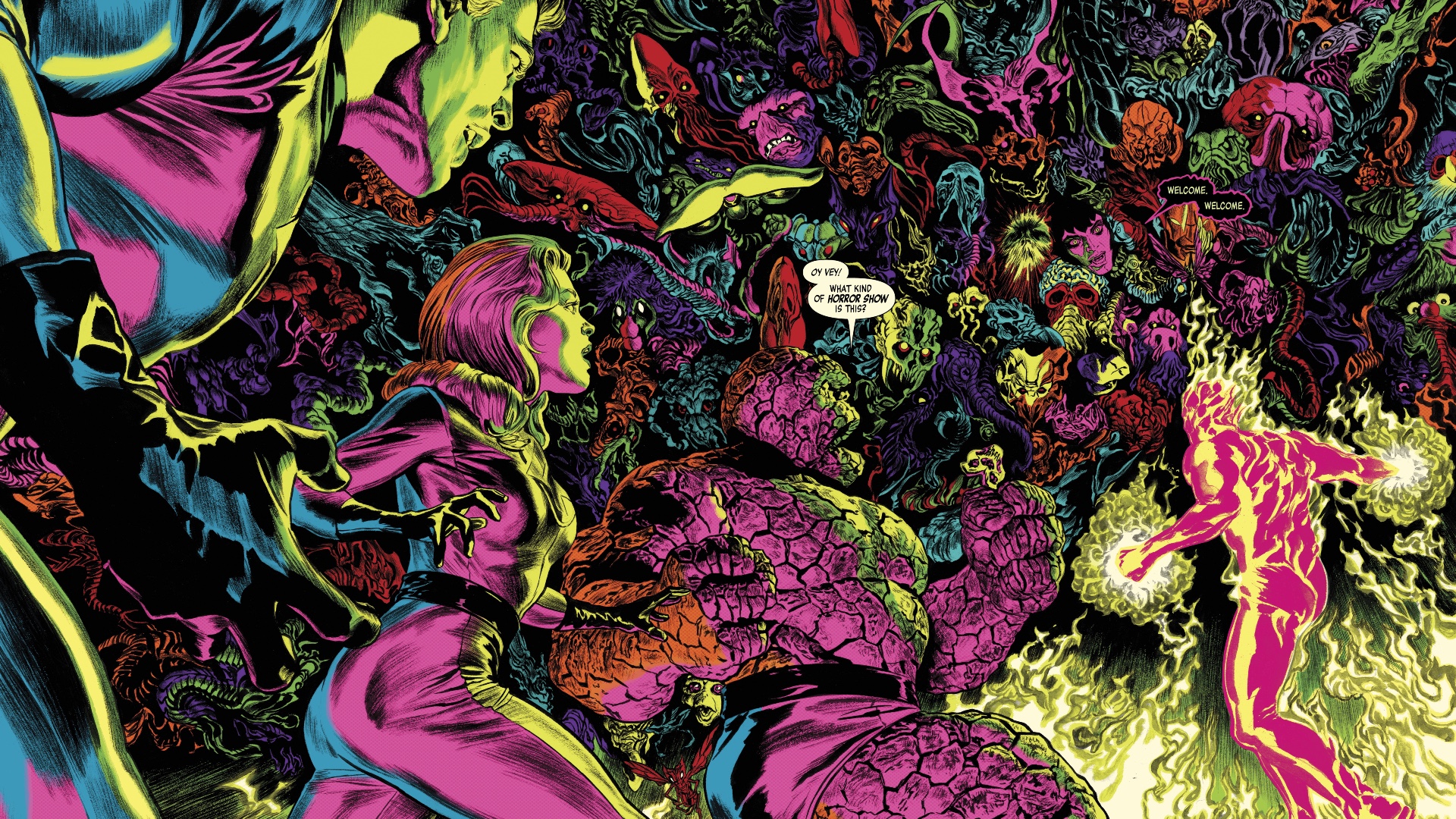
As modern comic artists go, few are as directly associated with the mythic qualities of superheroes as Alex Ross, who is best known for his Americana-influenced paintings that have graced superhero comics for decades. But now, Ross has teamed up with graphic designer/colorist Josh Johnson to create a full-length story in an entirely different visual style, which Ross also writes.
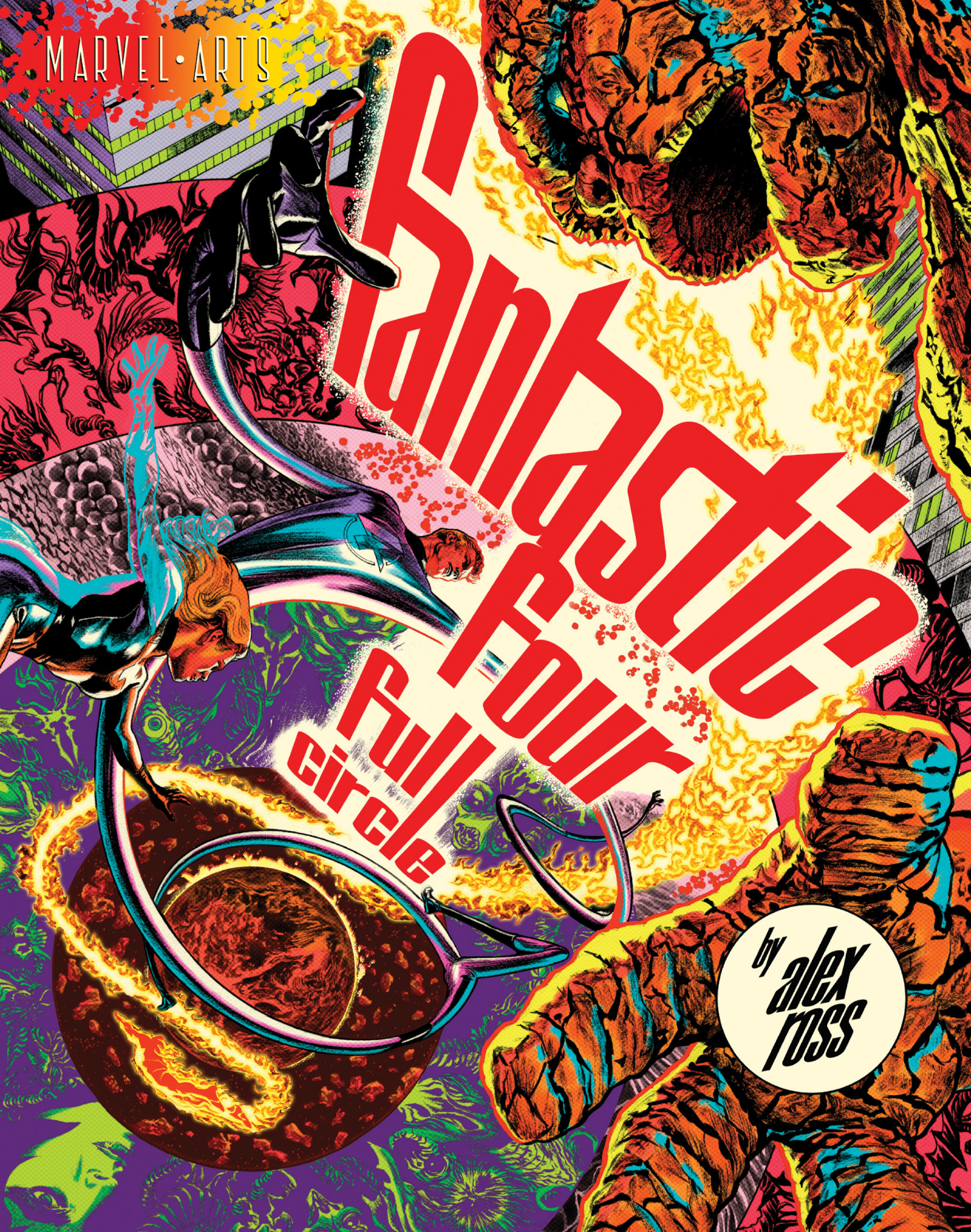
And appropriate for Ross' venture into uncharted artistic waters, he's taking on Marvel's 'First Family' of explorers, the Fantastic Four, in a 64-page original graphic novel titled Fantastic Four: Full Circle.
Newsarama spoke with Ross ahead of Fantastic Four: Full Circle's September 27 release, digging into the new art techniques he employs for the OGN, his Pop Art-fueled influences, and the many ways Full Circle pays homage to the original Fantastic Four stories of Stan Lee and Jack Kirby in both style and substance.
Newsarama: Alex, you're primarily known as an artist, though you've created the initial stories for some of your best-known works and written some shorter comic stories. What made Fantastic Four: Full Circle feel like the right graphic novel-length project to write entirely yourself?

Alex Ross: I have written some shorter stories previously, like my single Kingdom Come Special: Superman, but this is my first long-form fully written work. The nature of how I feel about Jack Kirby and his work history is what pushed me to be the only voice and name for drawing a Fantastic Four book in his honor.
Kirby plotted virtually everything he worked on as well as conceiving characters that he would fail to be properly credited for. His journey into writing and being understood for what he contributed was one I am trying to learn from. I also felt like I was ready.
Newsarama: Fantastic Four: Full Circle draws on some classic FF stories for its plot. How strongly does the original Kirby/Stan Lee run influence your story and your art here?
Comic deals, prizes and latest news
Get the best comic news, insights, opinions, analysis and more!
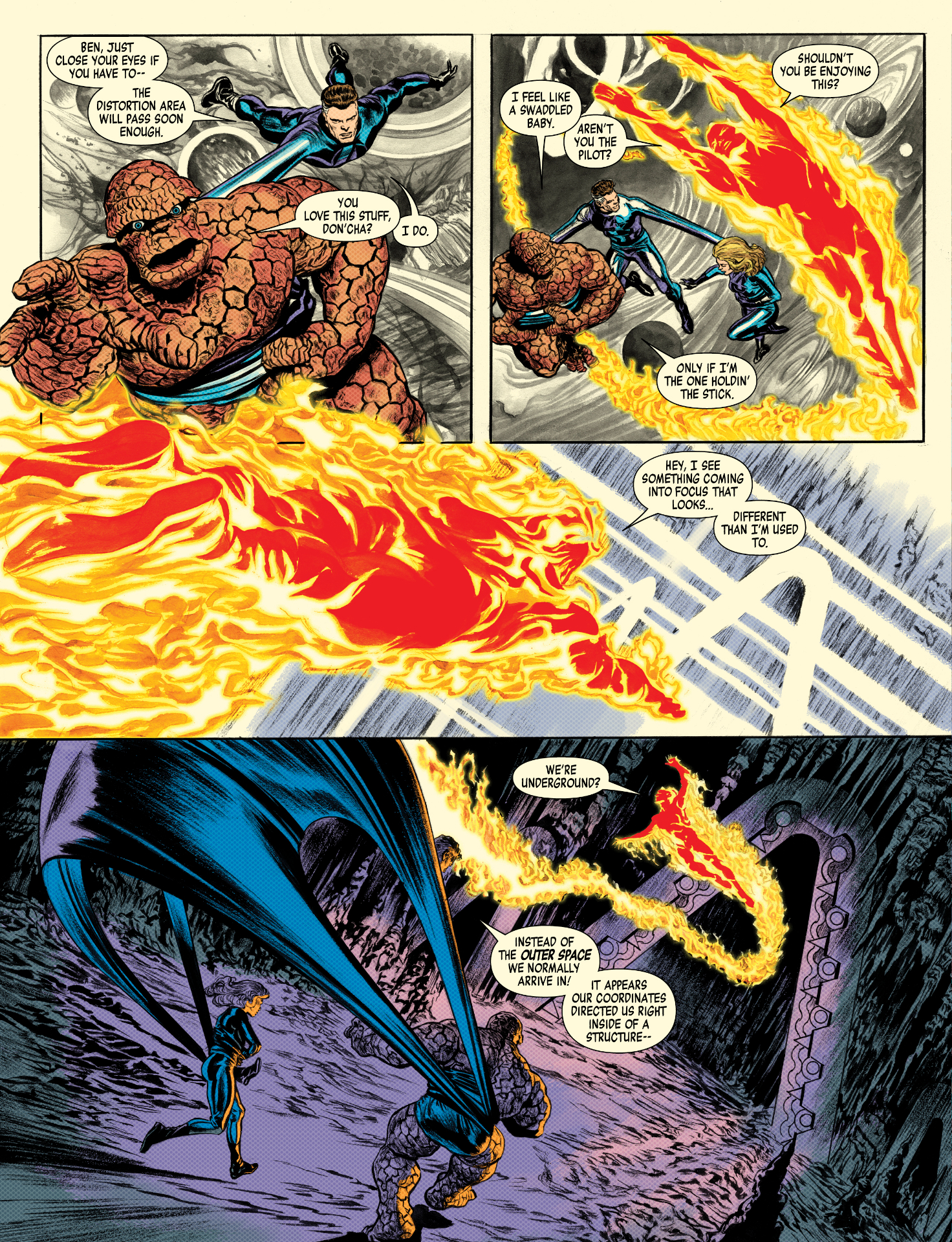
Ross: My book is spun from the stories done in the original '60s era, and I also incorporated aspects from later storytellers' additions to the same material. There are classic comic moments I revisit for historical context as well as questions I tried to answer that were set up long ago. Hopefully, the work will read okay without having those comics around to compare against.
Nrama: How different was your process for developing Full Circle while relying on your own script? Did you go 'Marvel Method' at all?
Ross: This is a very "Marvel Method" kind of book since I basically drew it out before writing the script. Having a basic outline in my head, I just needed to do thumbnail drawings (small sketch layouts) of the pages as I imagined pacing the story, and much of the key dialogue would come to mind as I was roughing it out.
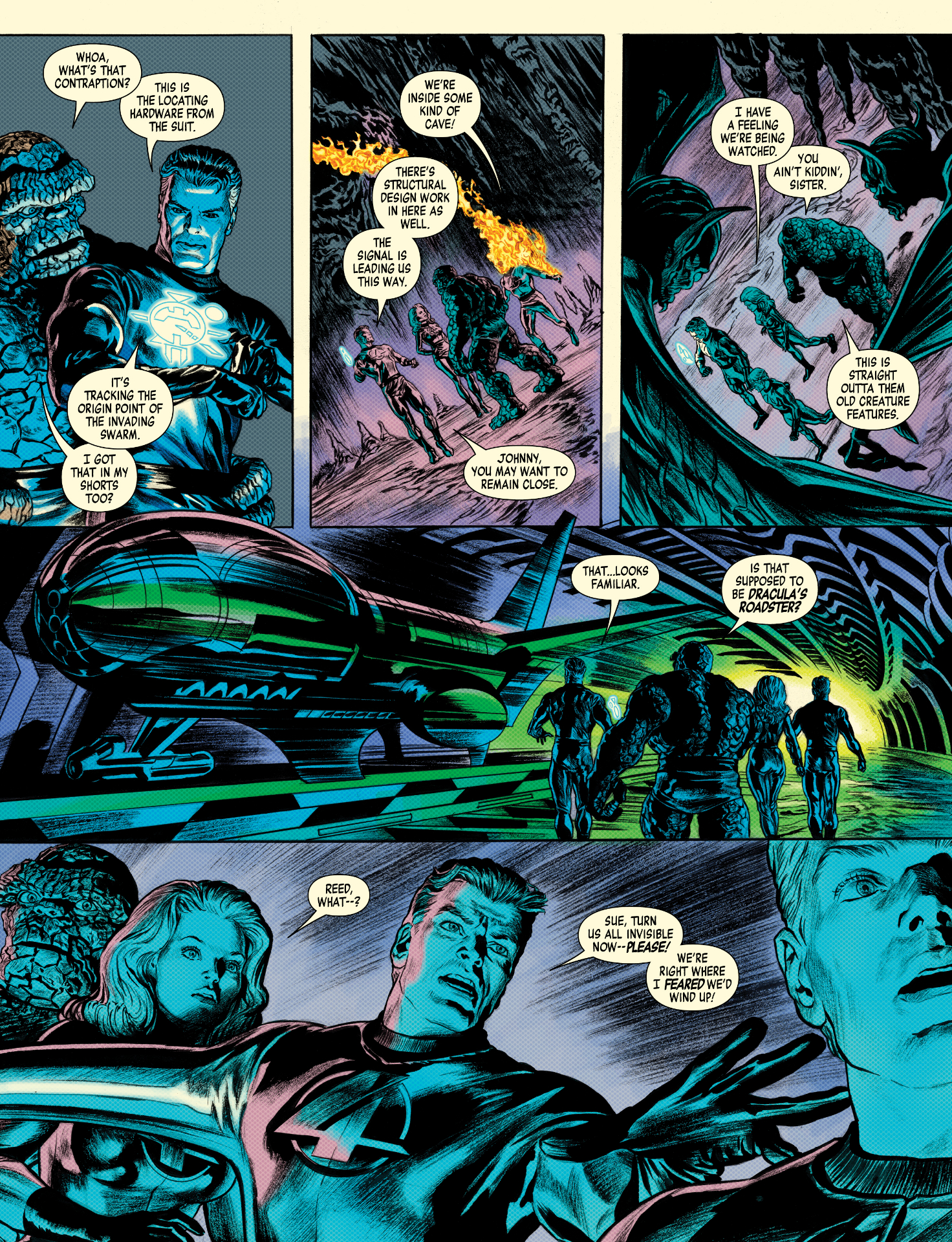
I later composed a tighter working script to match the drawings but without the panel descriptions, one would need to write for another person to follow. I revised the loose drawings with tighter layouts, and the whole book could be read along with the script for my editors to review.
Nrama: Speaking of the art on Full Circle, you haven't done sequentials in a while - and you've never done anything quite like this. What inspired the style you employed for this story?
Ross: Influences like the black light posters from the '70s and the general Pop Art feel of the '60s are something I've generally never connected to in my work before, but I saw a special reason it would help elevate this story. To a degree, I needed to reinvent myself to present the Fantastic Four in a manner I hoped would connect to its beginnings without being a pure imitation.
Nrama: On that note, aside from the obvious mechanical differences, how does working in this style differ from the fully-painted realism you're mostly known for?
Ross: I mostly restrain myself with pure shadow placements and black outlines by working with ink. To be like my painted work, a half-tone effect was achieved through a dry-brush technique I used extensively. The flat colors I committed to still allowed me to utilize color hold on certain areas to create a painterly effect, but I distinctly wanted to avoid contemporary computer color shading so this book could appear like it was done with bygone technology.

Nrama: How has the production process for Full Circle compared to other sequentials you've done? Was this a years-long endeavor on top of your ongoing cover work?
Ross: I worked in a similar manner to previous jobs where I have to balance my month with both page and cover deadlines. I had at least three to four covers due a month, which meant the first two weeks were occupied with them and the rest of the month crunching to pencil and ink ten pages of storytelling.
The inking approach may seem simpler than painting, but, surprisingly to me, not by much. I had to do full-color guides for the pages after finishing the inks, and I did those in thirty-page increments. All told, the book took me a bit over seven months to do the 64 pages, with covers and color guides stretching out the production time.
Nrama: As you mentioned, Full Circle has a strong mid-century, Pop Art style, even more than other similar examples of your work. What are your hallmarks for digging deeper into those design elements and color palettes?

Ross: I thought I had done appropriate research into the film posters, graphic design, and animation styles of the '60s era, but I've seen others who are much more in tune with the time period do it better and easier. A lot of contemporary artists who use a computer, which I don't, can more easily play with the Pop Art effects that I was trying to do with marker comps handed over to my graphic designer, Josh Johnson, who colored my book.
Nrama: Do you have any plans or desires to keep working in this style, or to take on any other projects like Fantastic Four: Full Circle?
Ross: I don't know if I learned that this is a style I should repeat again since it did not necessarily save me much time, but I enjoyed the experience enough that it keeps me open-minded about whatever I may try next. I know I can do a project like this one more easily because it's not overlong like some of my other ideas. I need to do another book of this length for sure, and I appreciate any encouragement I get.
Fantastic Four: Full Circle takes inspiration from some of the best Fantastic Four stories of all time.
I've been Newsarama's resident Marvel Comics expert and general comic book historian since 2011. I've also been the on-site reporter at most major comic conventions such as Comic-Con International: San Diego, New York Comic Con, and C2E2. Outside of comic journalism, I am the artist of many weird pictures, and the guitarist of many heavy riffs. (They/Them)

